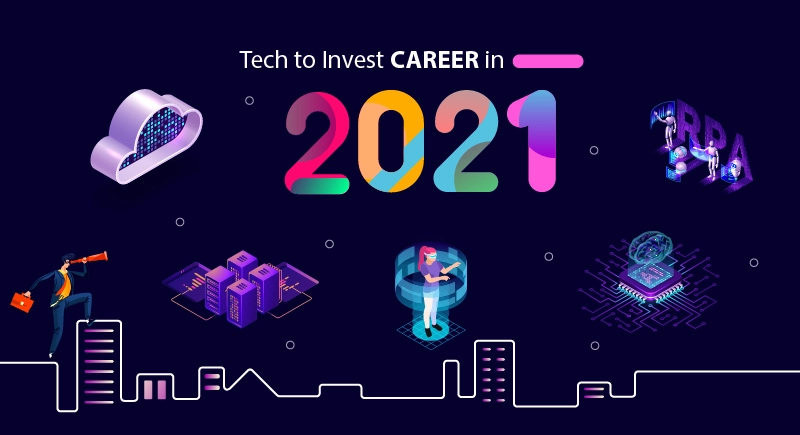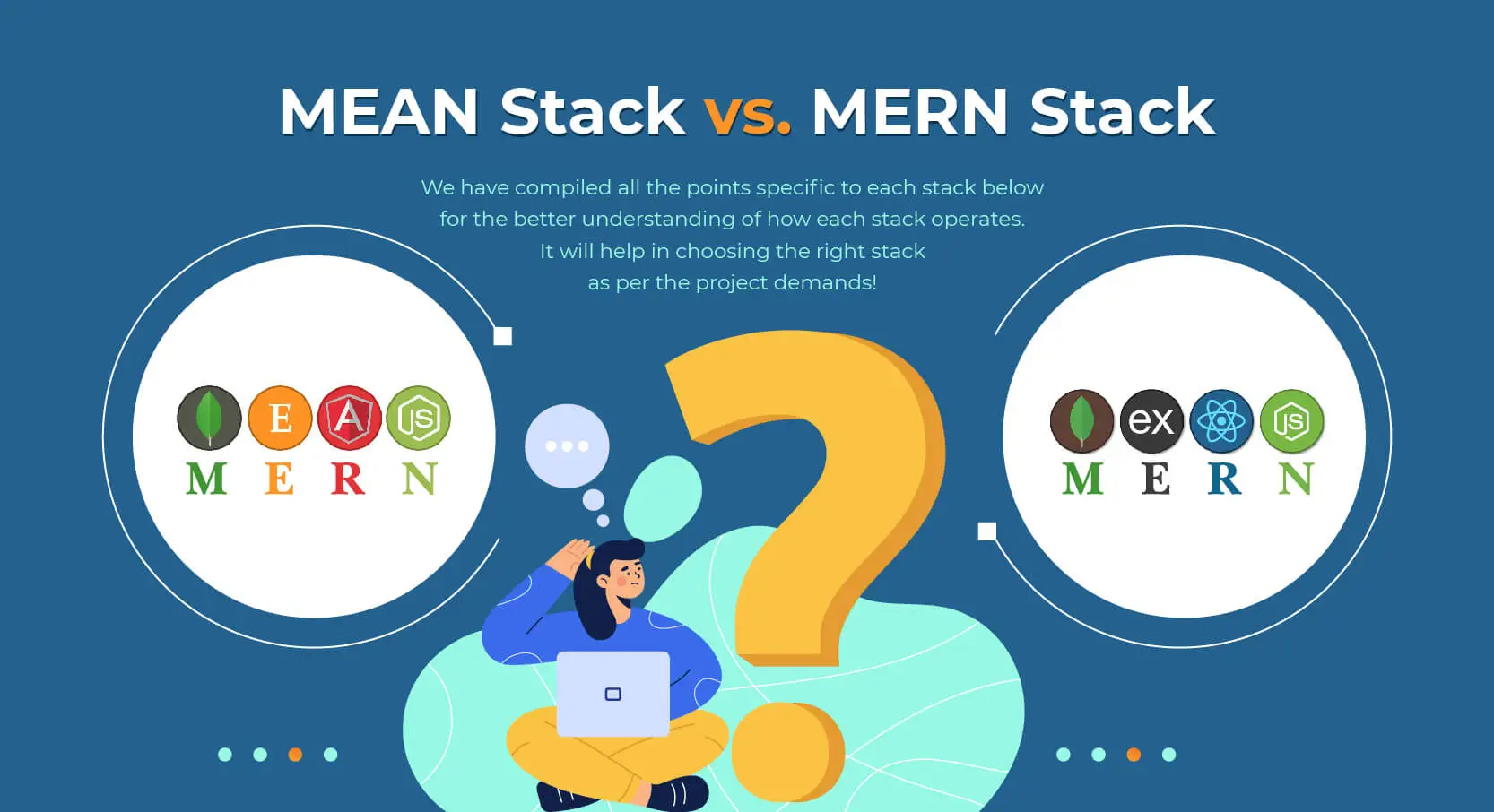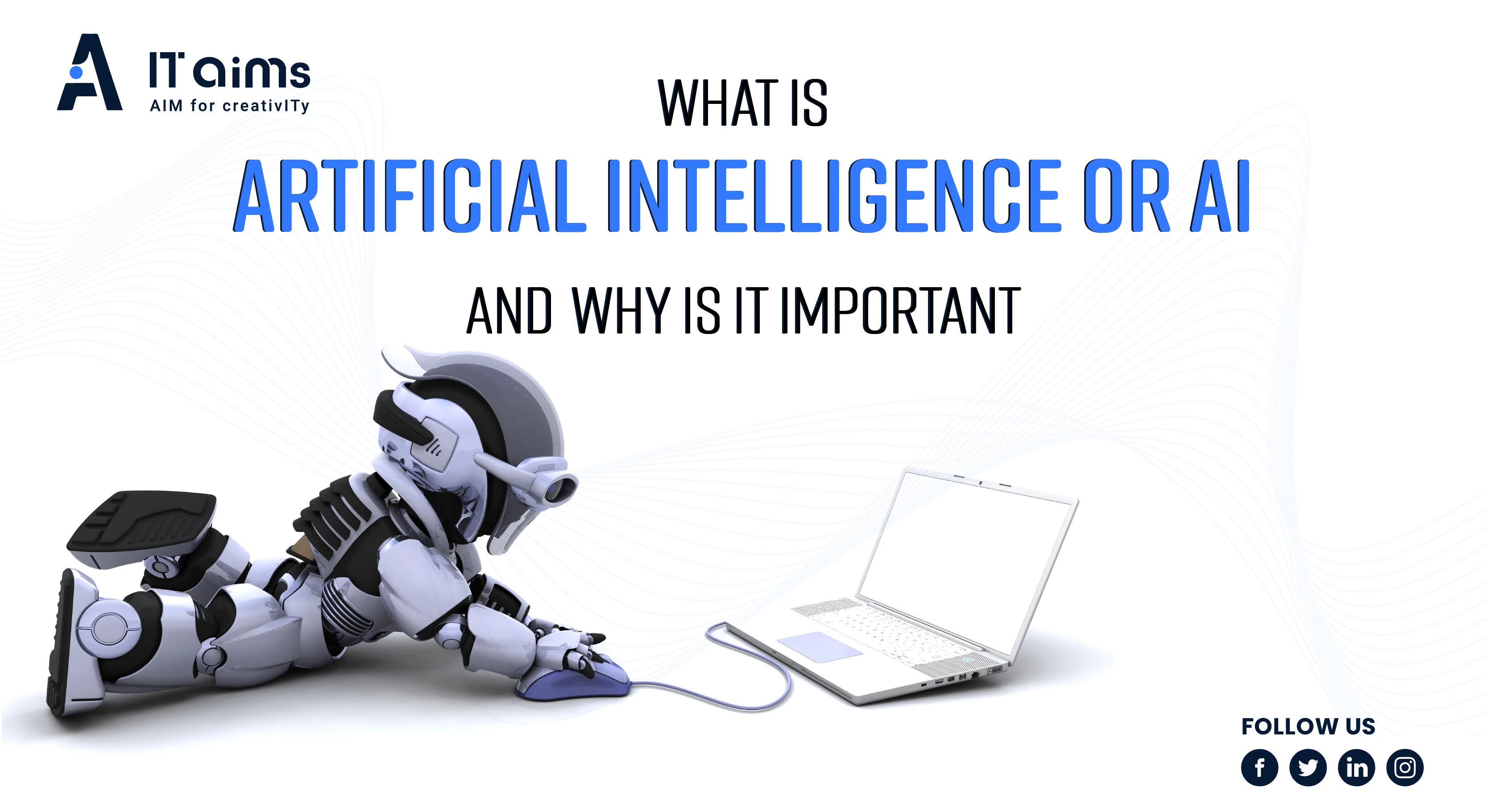
What Is Artificial Intelligence or AI and Why Is It Important
Artificial Intelligence (AI) has emerged as one of the most impactful technologies in recent years. It involves creating intelligent machines capable of performing tasks that typically require human intelligence, such as speech recognition, natural language understanding, and data-driven decision-making. AI has the potential to transform various aspects of our lives, including healthcare, education, business, and entertainment. In this blog post, we will discuss the importance of AI and how it can benefit you.
Why do you need artificial intelligence?
1. Automation of Tasks
AI can automate a wide range of tasks, freeing up time and resources for more critical and strategic work. For instance, businesses can use AI to automate repetitive tasks, such as data entry, analysis, and report generation, enabling their employees to focus on more complex and creative tasks that require human intelligence.
Examples:
- Customer Service: AI can be used to automate customer service tasks such as answering frequently asked questions and providing personalized recommendations.
- Human Resources: AI can be used to automate HR tasks such as resume screening and scheduling interviews.
- Finance: AI can be used to automate financial tasks such as fraud detection and risk assessment.
In summary, AI has the potential to automate a wide range of tasks, enabling businesses to increase efficiency and productivity. By automating repetitive tasks, employees can focus on more complex and creative work that requires human intelligence.
2. Enhanced Customer Experience
AI can help businesses improve their customer experience by providing personalized recommendations and assistance. For instance, e-commerce companies can use AI and AI-powered chatbots to provide personalized product recommendations based on a customer's browsing and purchase history and can provide instant assistance to customers, improving their satisfaction and loyalty.
Examples:
- E-commerce: AI can be used to provide personalized product recommendations based on a customer’s browsing and purchase history.
- Customer Service: AI-powered chatbots can provide instant assistance to customers, improving their satisfaction and loyalty.
- Marketing: AI can be used to analyze customer data to provide personalized marketing campaigns and improve customer engagement.
In summary, AI has the potential to enhance the customer experience by providing personalized recommendations and assistance. By using AI, businesses can improve customer satisfaction and loyalty, leading to increased sales and revenue.
3. Improved Decision Making
AI can analyze vast amounts of data and provide insights that can help businesses make informed decisions. For instance, in the healthcare sector, AI can analyze patient data to identify potential health risks, enabling doctors to provide personalized treatment plans. In the financial sector, AI can analyze market trends and consumer behavior to help companies make informed investment decisions.
Examples:
- Healthcare: AI can be used to analyze patient data to identify potential health risks and provide personalized treatment plans.
- Finance: AI can be used to analyze market trends and consumer behavior to help companies make informed investment decisions.
- Marketing: AI can be used to analyze customer data to provide personalized marketing campaigns and improve customer engagement.
In summary, AI has the potential to improve decision-making by analyzing vast amounts of data and providing valuable insights. By using AI, businesses can make informed decisions that can improve their operations and increase their competitiveness.
4. Increased Efficiency and Productivity
AI can streamline processes and increase efficiency and productivity in various industries. For instance, in the manufacturing sector, AI-powered robots can perform tasks that are dangerous or challenging for humans, such as working in hazardous environments or performing precise tasks.
Examples:
- Manufacturing: AI-powered robots can perform tasks that are dangerous or challenging for humans, increasing efficiency and productivity.
- Logistics: AI can be used to optimize routes and schedules, reducing delivery times and costs.
- Healthcare: AI can be used to automate administrative tasks, freeing up time for doctors and nurses to focus on patient care.
In summary, AI has the potential to increase efficiency and productivity by streamlining processes and automating tasks. By using AI, businesses can improve their operations and increase their competitiveness.
5. Competitive Advantage
AI can provide businesses with a competitive advantage by enabling them to innovate and adapt to changing market conditions. For instance, companies that use AI to analyze consumer behavior and market trends can quickly identify new opportunities and adapt their strategies accordingly, giving them an edge over their competitors.
Examples:
- Marketing: AI can be used to analyze consumer behavior and market trends to identify new opportunities and adapt marketing strategies.
- Finance: AI can be used to analyze market data to identify trends and make informed investment decisions.
- Retail: AI can be used to optimize pricing and inventory management, improving competitiveness.
In summary, AI has the potential to provide businesses with a competitive advantage by enabling them to innovate and adapt to changing market conditions. By using AI, businesses can quickly identify new opportunities and adapt their strategies accordingly, giving them an edge over their competitors.
How Can AI Help?
1. Natural Language Processing (NLP)
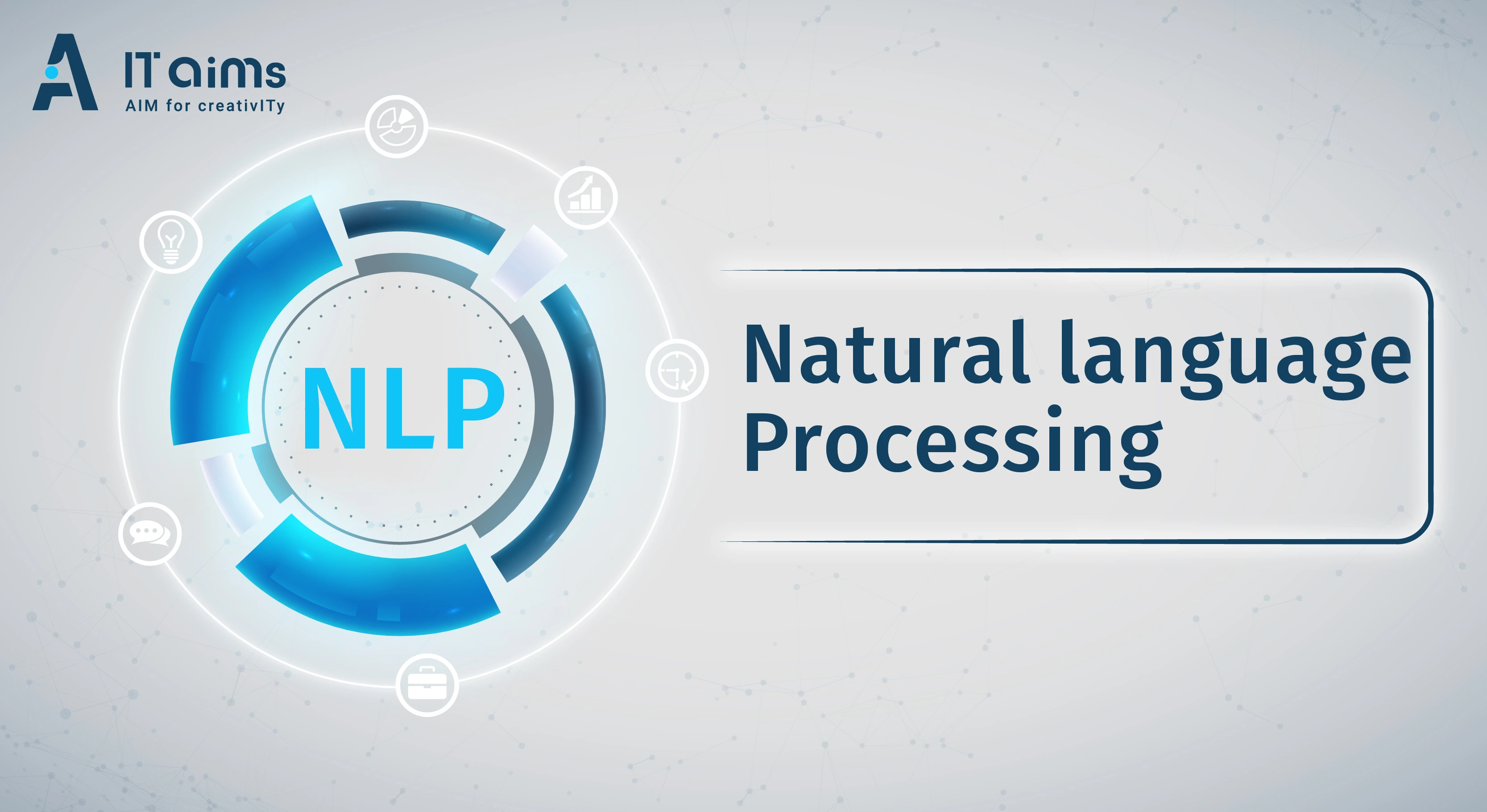
NLP is a subfield of AI that deals with the interaction between computers and humans in natural language. It enables machines to understand and respond to human language, making it useful for applications such as chatbots, virtual assistants, and voice-controlled devices.
Examples:
- Chatbots: NLP can be used to develop chatbots that can understand and respond to customer inquiries in natural language.
- Virtual Assistants: NLP can be used to develop virtual assistants that can understand and carry out voice commands.
- Voice-Controlled Devices: NLP can be used to develop voice-controlled devices such as smart speakers and home automation systems.
In summary, NLP is a powerful technology that enables machines to understand and respond to human language. It has many applications, including chatbots, virtual assistants, and voice-controlled devices, and has the potential to revolutionize the way we interact with technology.
2. Machine Learning (ML)
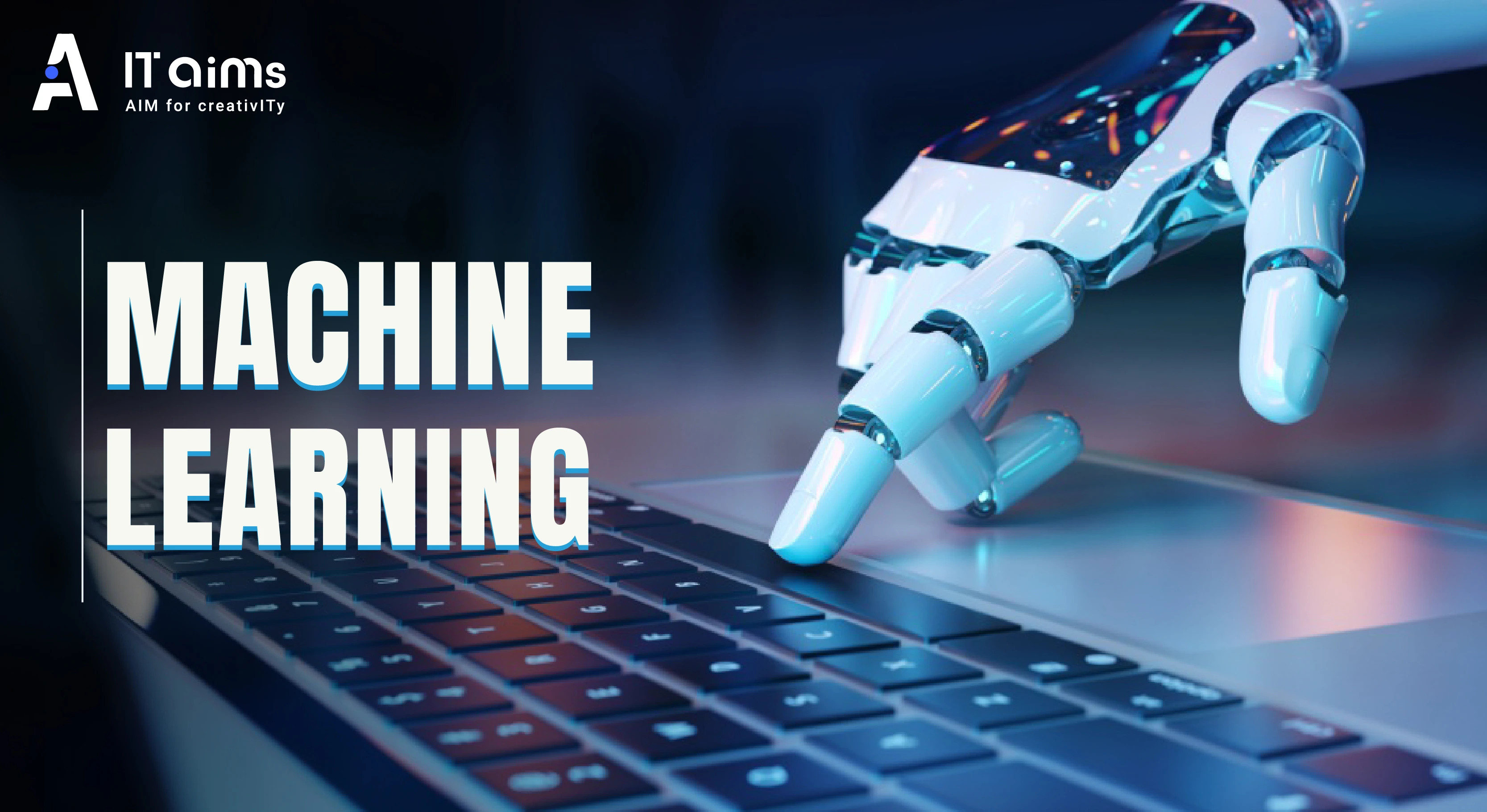
ML is a subfield of AI that enables machines to learn from data without being explicitly programmed. It is used in applications such as image and speech recognition, recommendation systems, and fraud detection.
Examples:
- Image and Speech Recognition: ML can be used to develop image and Speech recognition systems that can identify objects and patterns in images and can understand and transcribe spoken language.
- Recommendation Systems: ML can be used to develop recommendation systems that can provide personalized recommendations to users.
In summary, ML is a powerful technology that enables machines to learn from data and make predictions or decisions without being explicitly programmed. It has many applications, including image and speech recognition, recommendation systems, and fraud detection, and has the potential to revolutionize many industries.
3. Robotics and Automation
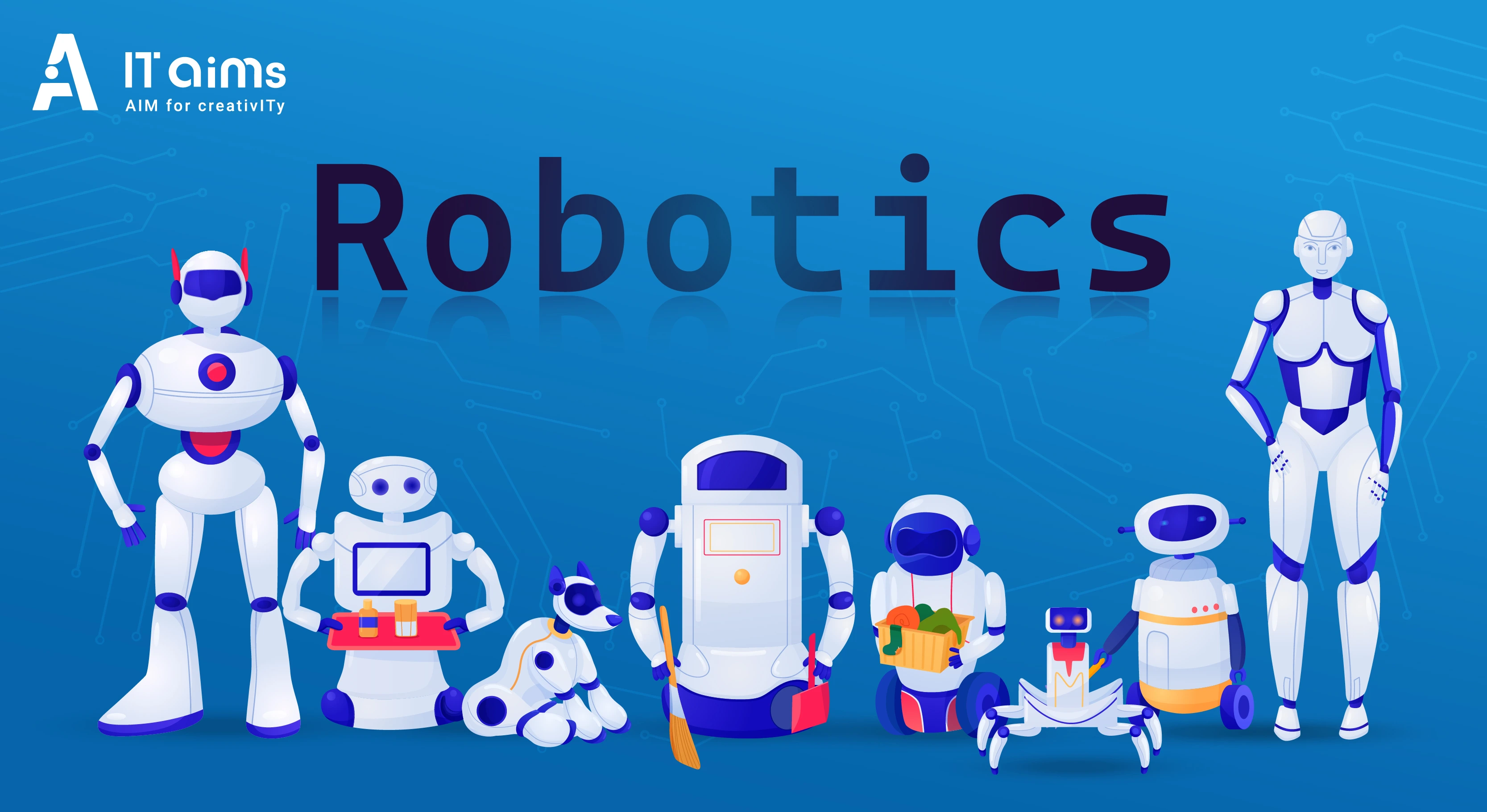
AI-powered robots can perform tasks that are difficult, dangerous, or impossible for humans. This includes tasks such as assembling products, exploring hazardous environments, and performing surgeries.
Examples:
- Manufacturing: AI-powered robots can be used to assemble products with precision and speed.
- Exploration: AI-powered robots can be used to explore hazardous environments such as space or the deep sea.
- Healthcare: AI-powered robots can be used to perform surgeries with precision and accuracy.
In summary, AI-powered robots have the potential to revolutionize many industries by performing tasks that are difficult, dangerous or impossible for humans. By using AI-powered robots, businesses can improve efficiency, safety and productivity.
4. Predictive Analytics

AI can analyze vast amounts of data to identify patterns and trends that can help businesses make informed predictions about future events. This includes applications such as predicting customer behavior, market trends, and equipment failures.
Examples:
- Customer Behavior: AI can be used to analyze customer data to predict their behavior and preferences.
- Market Trends: AI can be used to analyze market data to identify trends and make informed investment decisions.
- Equipment Failures: AI can be used to analyze equipment data to predict failures and schedule maintenance.
In summary, AI has the potential to revolutionize predictive analytics by analyzing vast amounts of data to identify patterns and trends. By using AI, businesses can make informed predictions about future events, improving their operations and increasing their competitiveness.
Conclusion
AI has the potential to revolutionize many aspects of our lives, from healthcare and education to business and entertainment. By automating tasks, improving decision-making, enhancing the customer experience, increasing efficiency and productivity, and providing a competitive advantage, AI can help businesses and individuals achieve their goals and improve their lives. As technology continues to evolve, we can expect to see even more innovative applications of AI in the future.
FAQs
- Q.1: How can artificial intelligence help us?
AI offers numerous benefits across various domains, including automation of tedious tasks, improved decision-making through data analysis, personalized products and services, prediction of future trends, optimized workflows, and enhanced safety in different industries. With its potential to transform many aspects of our lives, including healthcare, education, transportation, and entertainment, AI presents a significant opportunity for innovation and advancement.
- Q.2: What are 3 benefits of AI?
Here are three benefits of AI: Efficiency: AI can automate repetitive and tedious tasks, freeing up time and resources for humans to focus on more complex and creative work. This can increase efficiency and productivity, allowing businesses to operate more effectively and achieve their goals more quickly. Personalization: AI can personalise products, services, and experiences based on individual preferences, behaviours, and needs. This can enhance customer satisfaction and loyalty, leading to increased sales and revenue. Decision-making: AI can help humans make better decisions by analyzing large amounts of data and providing insights that humans may not have noticed. This can lead to more informed and effective decision-making, which can result in better outcomes for businesses and organizations. Overall, AI has the potential to transform many aspects of our lives, from healthcare and education to transportation and entertainment. By automating tasks, personalizing experiences, and enhancing decision-making, AI can help us work more efficiently, create more meaningful experiences, and make better decisions.
- Q.3: How does AI make life easier?
I has made significant contributions to making life easier in several ways. Firstly, it has automated several mundane and repetitive tasks such as data entry and quality control, thus saving humans time and effort to focus on complex and creative work. Secondly, AI has facilitated personalization of products, services, and experiences based on individual preferences and needs, which enhances customer satisfaction and loyalty. Thirdly, AI has improved decision-making by providing valuable insights from analyzing large amounts of data. Fourthly, AI can predict future outcomes and trends, enabling businesses to plan and prepare accordingly. Fifthly, AI can optimize processes and workflows, leading to cost savings and improved productivity. Lastly, AI can assist people with disabilities or limitations, helping them live more independent lives. Overall, AI has revolutionized several aspects of life by enhancing efficiency and productivity while making day-to-day tasks more convenient and accessible.
- Q.4: Where is AI used?
AI is used in a wide range of industries and applications, some of which include: Healthcare: AI is used for medical diagnosis, drug discovery, and treatment planning. Finance: AI is used for fraud detection, risk management, and portfolio management. Transportation: AI is used for autonomous vehicles, route optimization, and predictive maintenance. Retail: AI is used for inventory management, personalized recommendations, and customer service. Manufacturing: AI is used for quality control, predictive maintenance, and supply chain optimization. Education: AI is used for personalized learning, student engagement, and administrative tasks. Entertainment: AI is used for content recommendation, speech recognition, and natural language processing. Agriculture: AI is used for crop monitoring, soil analysis, and yield optimization. Overall, AI is used in many industries and applications where it can enhance efficiency, productivity, and innovation, making it a transformative technology with widespread potential for growth and development.
- Q.5: What are examples of AI?
There are numerous examples of AI, including: Personal assistants: Siri, Google Assistant, and Alexa are popular personal assistants that use natural language processing to respond to voice commands. Recommendation systems: Amazon and Netflix use recommendation systems that suggest products or movies based on a user's past behavior and preferences. Image and speech recognition: Facebook uses AI-powered image recognition to identify people in photos, while speech recognition software like Dragon NaturallySpeaking and Google Translate use AI to transcribe speech into text. Autonomous vehicles: Tesla and Waymo are developing autonomous vehicles that use AI to navigate roads and avoid obstacles. Chatbots: Many businesses use chatbots to provide customer service and support, which can answer common questions and handle routine requests. Fraud detection: Financial institutions use AI to detect fraudulent transactions by analyzing patterns and anomalies in transaction data. Healthcare: IBM's Watson is an AI system used in healthcare to assist with medical diagnosis and treatment planning. Overall, these examples of AI demonstrate the technology's diverse range of applications and potential for enhancing efficiency, productivity, and innovation in many different industries.
- Q.6: Why is AI good for students?
AI has the potential to benefit students in several ways, including: Personalized learning: AI can help create personalized learning experiences for students by adapting to their individual learning styles and providing tailored feedback. Increased engagement: AI can improve student engagement by providing interactive learning experiences that are more engaging and memorable than traditional classroom methods. Enhanced efficiency: AI can automate administrative tasks, such as grading, scheduling, and record-keeping, which saves teachers time and allows them to focus on teaching. Improved accessibility: AI-powered tools can help students with disabilities or learning differences, such as dyslexia or ADHD, by providing personalized support and accommodations. Analyzing data: AI can analyze student performance data and identify areas where students need more support or where the curriculum needs to be adjusted, helping teachers to better understand the needs of their students. Overall, AI has the potential to enhance the learning experience for students by providing personalized learning experiences, increasing engagement, improving efficiency, and making education more accessible and inclusive.
Popular Searches
Tags:
